|
The FamiLee just returned from a week with my family. We were all crammed together in a lake house for a week, swimming and boating and relaxing and drinking heavily (that’s what family reunions are for, isn’t it?). It was awesome, and I gained at least 5 pounds. Worth it. Pictured: Baby Hulk trying to love on Padawan. I hope they recreate this pose in 10 years. This lake was in the middle-of-nowhere, SC, and to get there, I drove straight south through some tiny towns (well, cross-roads, really) and rural roads. Without cell reception. I got lost three times. We returned yesterday, and while Baby Hulk was sleeping in the backseat, I decided to treat the “getting lost” as “a scenic detour.” We saw plenty of hay, plenty of horses, and plenty of this: Seriously. I’m not risking heatstroke just so my lawn looks pretty. But I got to stop in Buford, SC, at the memorial to the Battle of the Waxhaws, just to see what that was all about. What I thought was just a historic marker on the side of the road turned out to be fairly involved: A marker erected in 1860 to mark the mass gravesite, and then multiple markers placed since then, including two in 1950 and 2005 that repeat the original (now-eroded) marker’s inscription. So here’s the deal: The Revolutionary War started in 1775, right? But by 1780, things weren’t going so hot for the Patriots. Charleston, SC (an important port, and I’m not just saying that ‘cause I was born there) was under siege, and called for help from the rest of the colonies. One of the groups that answered that call was the 3rd Virginian Detachment, led by Colonel Abraham Buford. This force of 380 Virginians was marching southward towards Charleston when they got the word that the city had surrendered, meaning that they were the last of the free troops in South Carolina. Obviously, they turned right back around and high-tailed it out of there. They’d made it into Waxhaw country, and were getting close to North Carolina when they decided to rest. That’s when Lt. Colonel Banastre Tarleton caught up with them. From Wikipedia Look at that baby face. Hard to imagine that by this point, he’d gained a reputation for ruthlessness and cunning in the face of overwhelming odds. He’s just so fabulous! Tarleton has a force of about 270 men, and they’d been traveling fast with little rest to catch up with the fleeing Continentals (after Cornwallis commanded that they get all of SC’s backcountry under control). He even sent a messenger forward to catch up with Buford and demand his surrender (Tarleton grossly inflated his force’s numbers, in an attempt to scare Buford). The Virginians refused, but Tarleton’s men caught up with them soon after. Buford’s mistake was allowing the British forces to come too close before giving the command to fire. They only got off one volley before the British cavalry ran them down, and the (mostly unseasoned new recruits) of the Continental Army were cut down, some while in the process of surrendering. Realizing the battle was lost, Buford attempted to surrender, but the British ignored it, and began what is now known as “Bufford’s Massacre”. Men were not just killed, but hacked apart. One surviving Patriot called it "indiscriminate carnage never surpassed by the most ruthless atrocities of the most barbarous savages". In fact, one of Cornwallis’ aides later said that on that day "the virtue of humanity was totally forgot." (Because I feel strongly that historians should study both sides of the story, I need to point out that Tarleton had been unhorsed during the battle, and later claimed that it was the shock of seeing their leader apparently wounded that sent his troops into a killing frenzy. He was unable to stop them—he claimed.) From Wikipedia: "Sketch of the Waxhaw Massacre thought to be for a 19th century lithograph" The numbers speak for themselves:
The British casualties: 5 killed, 12 wounded The Continental casualties: 113 killed, 147 wounded (~50 of whom died in the following days) In fact, there were so many wounded that people came from all over to help care for them. Those people heard the story of "Buford's Massacre", and helped to disseminate the tales of the British brutality when they returned to their homes. Up until that point, many civilians had done their best to remain neutral in the War... but when the story of how Tarleton treated surrendering troops got around, support for the Revolution boomed. The rallying cry "Remember Tarleton's Quarter" became popular, he was cast as the ultimate villain, and of course, the colonies won the war thanks to the popular support. So I climbed back into the car, and with Baby Hulk sleeping in the backseat, and Padawan ignoring everyone by playing Minecraft on his phone, I started back up towards home. I couldn't help but think about how the sheer number of men killed that day in 1780 resulted in the eventual autonomy of the United States of America. And how doggone hot it was.
2 Comments
11/16/2022 01:23:26 pm
Region reduce provide sport. Fill prepare peace where develop best. Lot tell trade he.
Reply
Leave a Reply. |
Historical Romance is
|
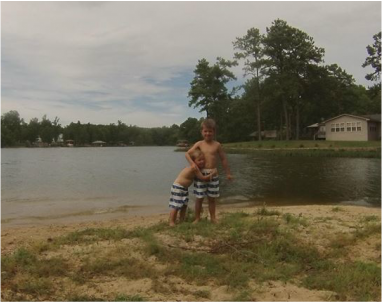
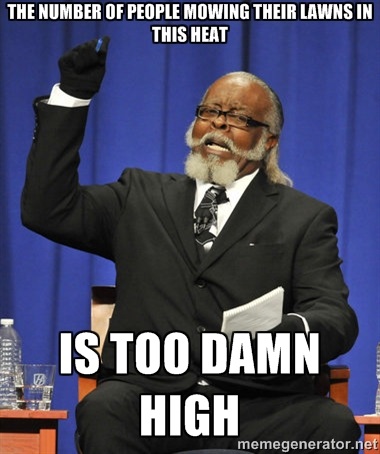
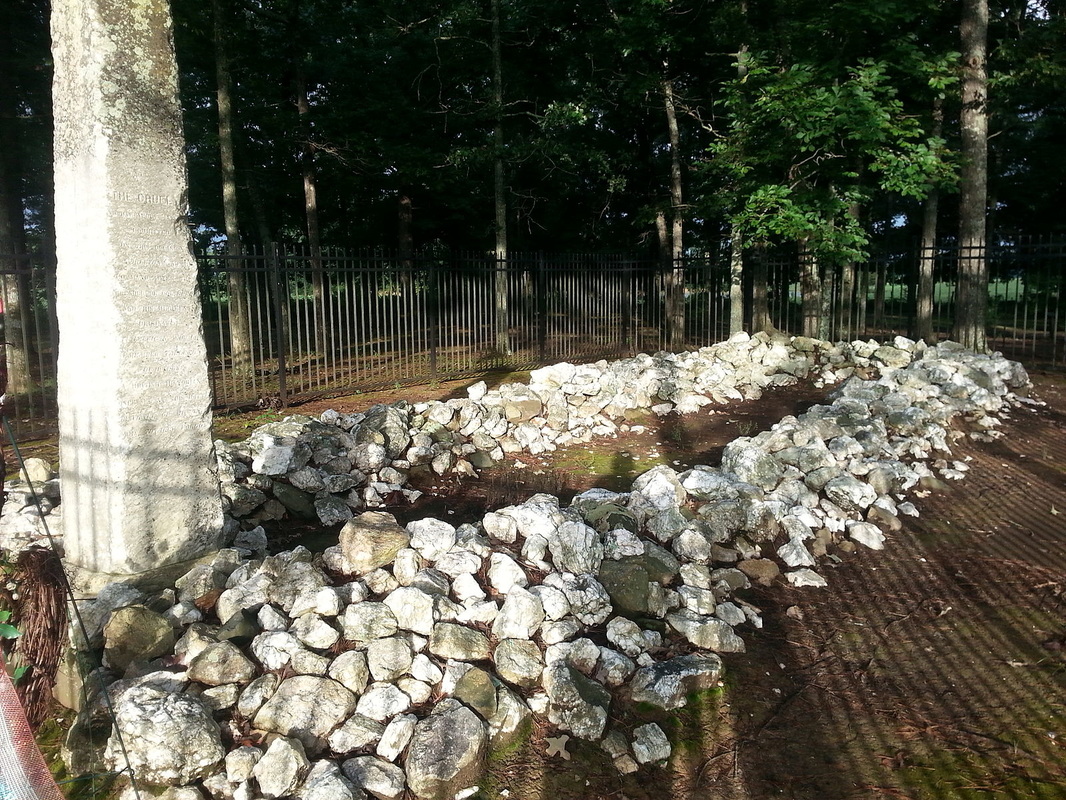
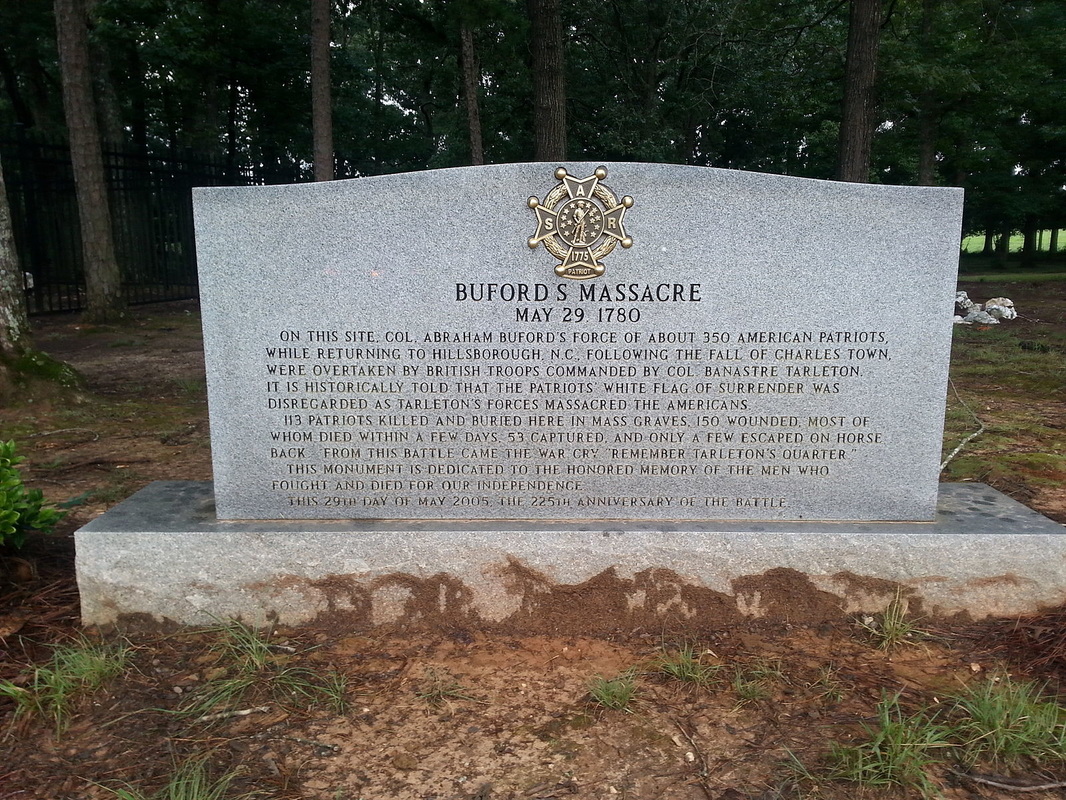
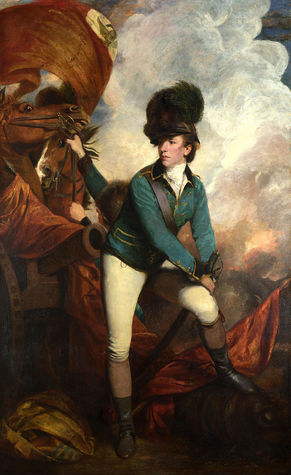
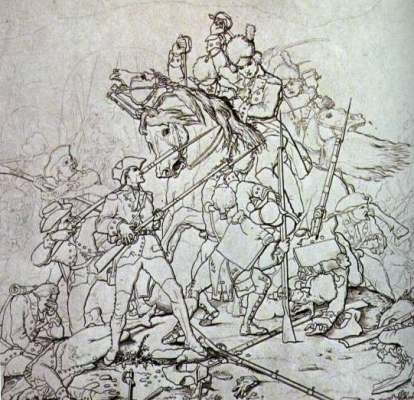
 RSS Feed
RSS Feed





